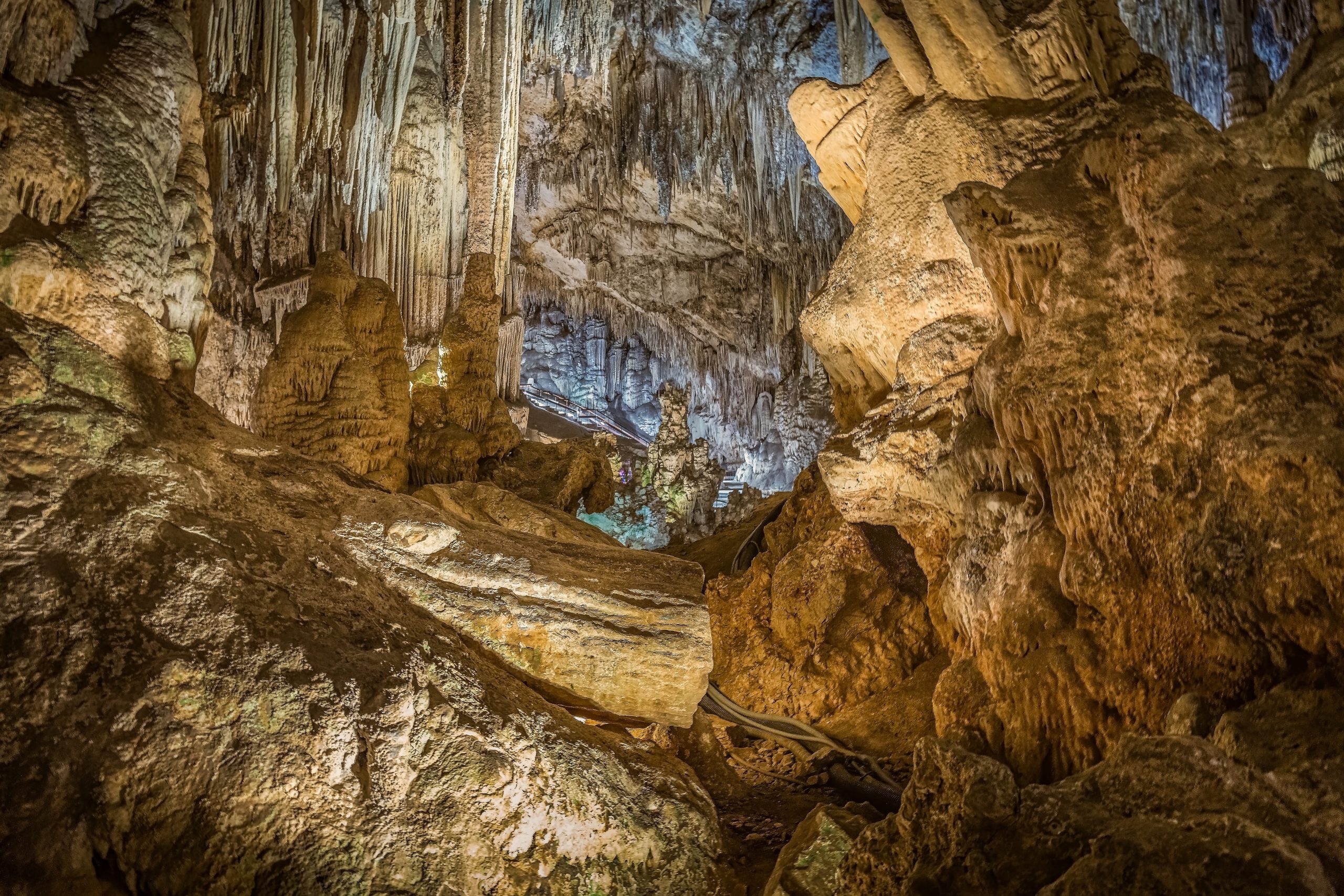THE first human inhabitants of Spain were hunter gatherers who lived in the mouths of caves scattered around the country.
One remnant of the era, which has led to some of the most significant discoveries about early human life, is cave art.
Forget the stalagmites, stalactites and underground lakes, in caves around Spain, pot holers, explorers and residents alike have discovered paintings of animals, ships, and more abstract figures dating back to the Neolithic and, in some cases, the Paleolithic time periods.
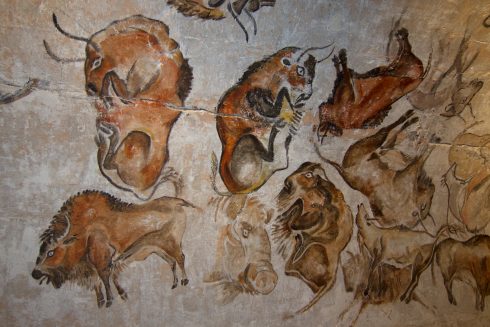
While some of the most famous examples, like those in the Cave of Altamira, are closed to the public, southern Spain is home to its fair share of cave art available to the public. Many have been designated UNESCO heritage sites.
Starting in the southeast corner of the country between Almeria and Murcia, look out for Cueva del Gabar and Cueva de los Letreros, both of which are located near Velez Blanco.
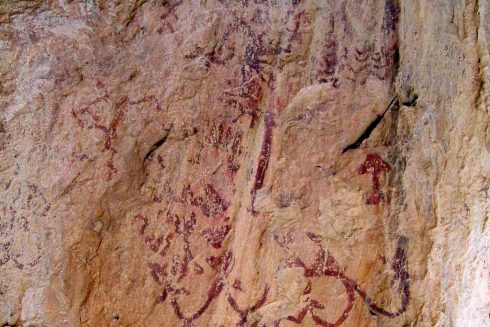
For those looking for an adventure, viewing the paintings in Cueva del Gabar requires a rope and ladder to scale a sheer rock face with the help of a guide. For a more low key experience, you can reach Cueva de los Letreros via a kilometre walk from your car, where you’ll find renderings of humans, birds, animals that date back to around 4000 BC.
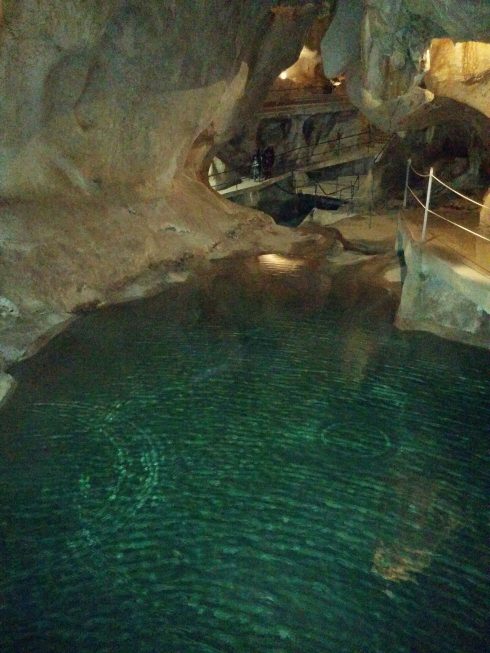
Shifting westward to Rincon de la Victoria is Cueva del Tesoro (above). Earning its name from a legend that it contains hidden treasure, the cave has been the site of a centuries-long, as yet unsuccessful treasure hunt. You can also visit a room where Roman aristocrat Marcus Cerassus allegedly hid for eight months after fleeing from Rome.
Nearby is one of Spain’s most famous, la Cueva de Nerja, which boasts the world’s largest stalagmite; a 32 metre high column verified by the Guinness book of world records.
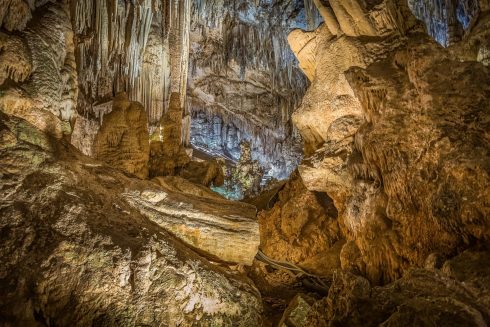
It is a marvelous glistening underworld of stalactites and stalagmites, sprouting and dripping into weird and wonderful formations, with each flight of stone steps the eerie caverns get more impressive.
Heading inland to Ardales is the Cueva de Doña Trinidad, which is a kilometre and a half in length, complete with tunnels and lakes. A guided tour will take you to paintings from about 20,000 years ago, including those of deer, goats, and fish.
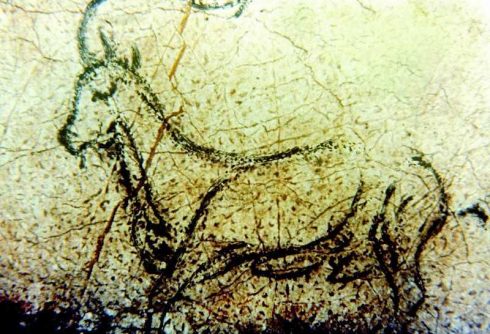
Near Ronda, the Cueva de la Pileta, in Benaojan is a popular spot. A guided tour through the cave will allow you to observe over 100 paintings from the Neolithic time period. While there, you can also spend time in the cave’s vast chambers which boast fascinating rock formations.
In Zuheros, near Cordoba, the Cueva de los Murcielagos (bats) is a cave system known for its distinctive cave paintings, as well as its archaeological record of human settlement in the Neolithic period. The remains in the cave have led to significant findings about these settlers. And, as the name suggests, the cave hosts one of the most important bat colonies in Spain. You can visit via a guided tour.
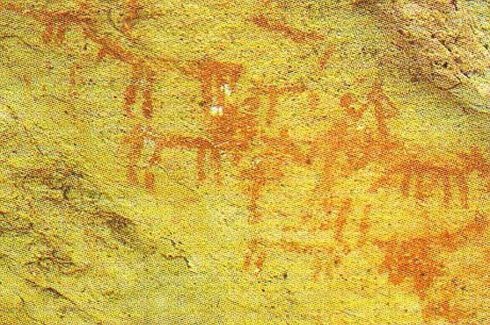
Cadiz province is also home to various cave art. For example, Cueva del Bacinete, in the Alcornocales Natural Park, near Los Barrios, has cave paintings that range from 3,000 to 6,000 years old.
Next, Cueva del Muro, located in the Estrecho Natural Park, near Gibraltar, includes cave paintings of horses that are more than 20,000 years old.
Finally, Cueva de Laja Alta in Jimena de la Frontera, boasts unique cave paintings, including those of ships that passed through the area during the first centuries of the first millennium BC. You can also catch a view of the Rock of Gibraltar from the cave.
Visiting any one of these caves will afford you a new perspective not just on the wonder of nature, but also that of human history.
READ ALSO:
- Looking for an adventure? Here are 12 epic walks to take in Spain
- 15 lesser known ancient ruins that are a must-see in Andalucia and the Costa del Sol in Spain
Click here to read more News from The Olive Press.

